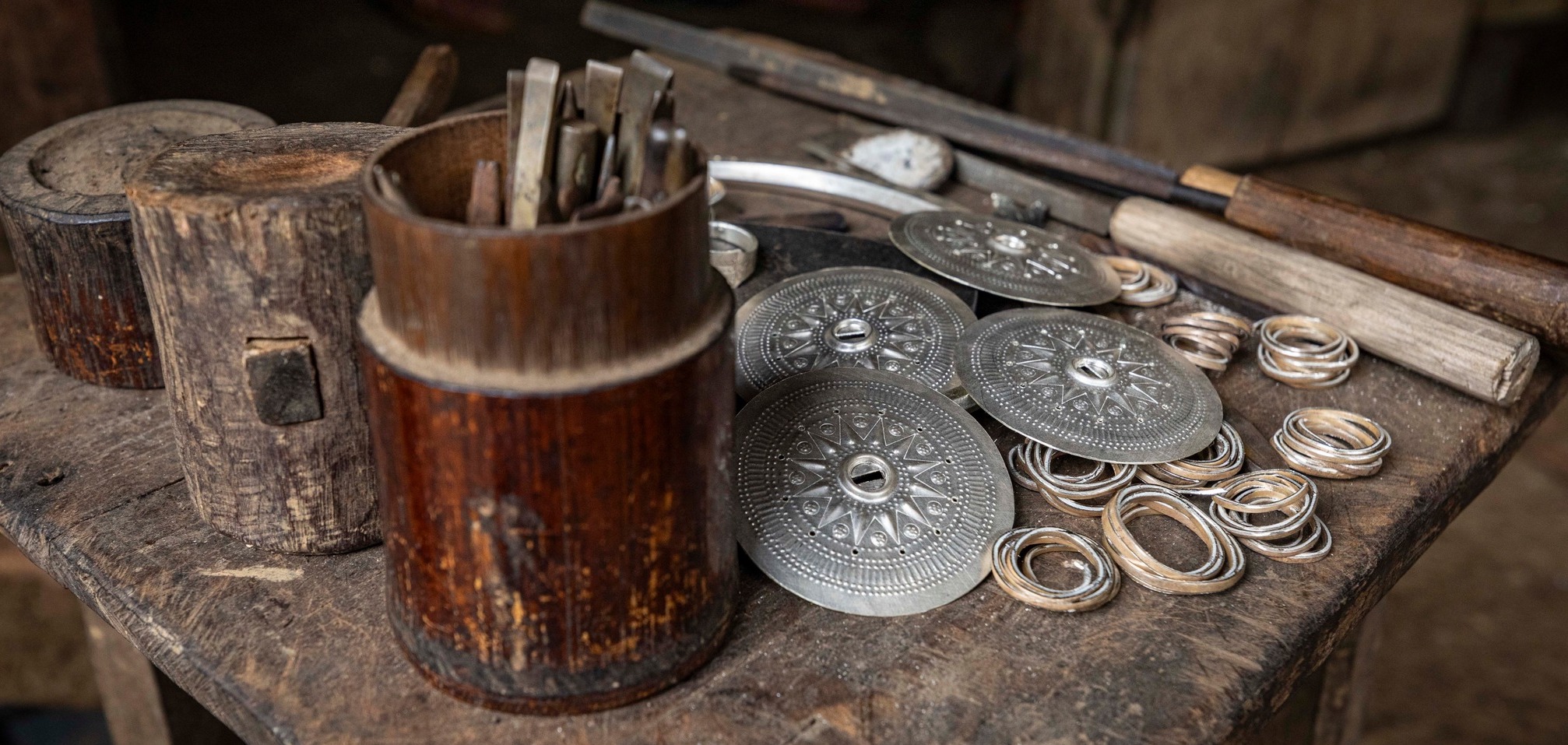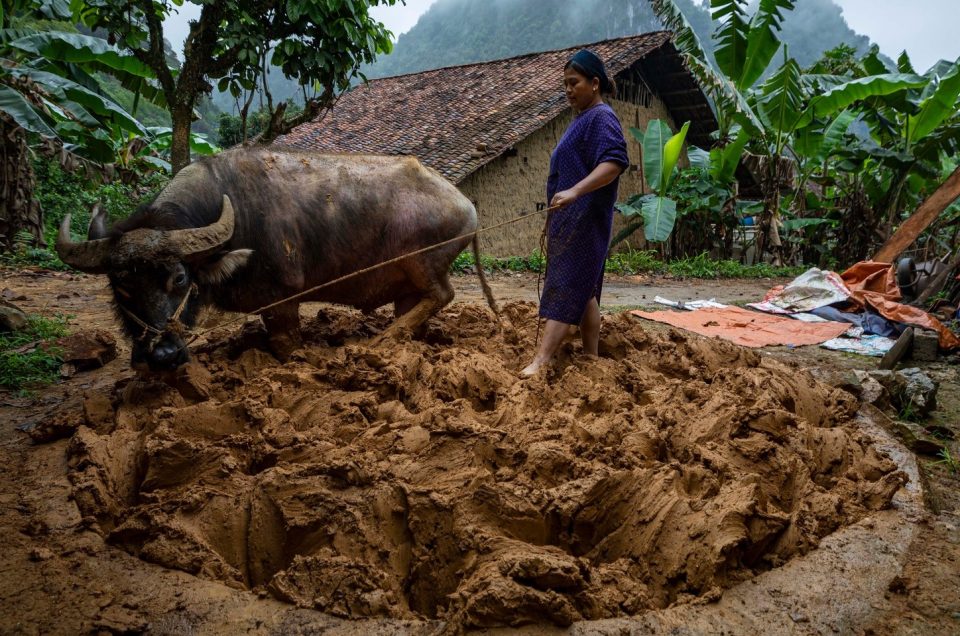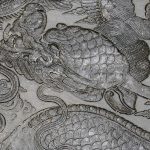Highland crafts
Each village and each ethnic group, whether Nung An, Tay, Hmong, or Dao, etc., all preserve traditional crafts passed down from ancient times. Local crafts include the making of five-colored noodles, incense, jaggery, Dó paper (traditional paper made from the inner bark of the dó tree – a plant belonging to the Verbenaceae family), yin-yang tiles, knives, and hand-woven brocade.
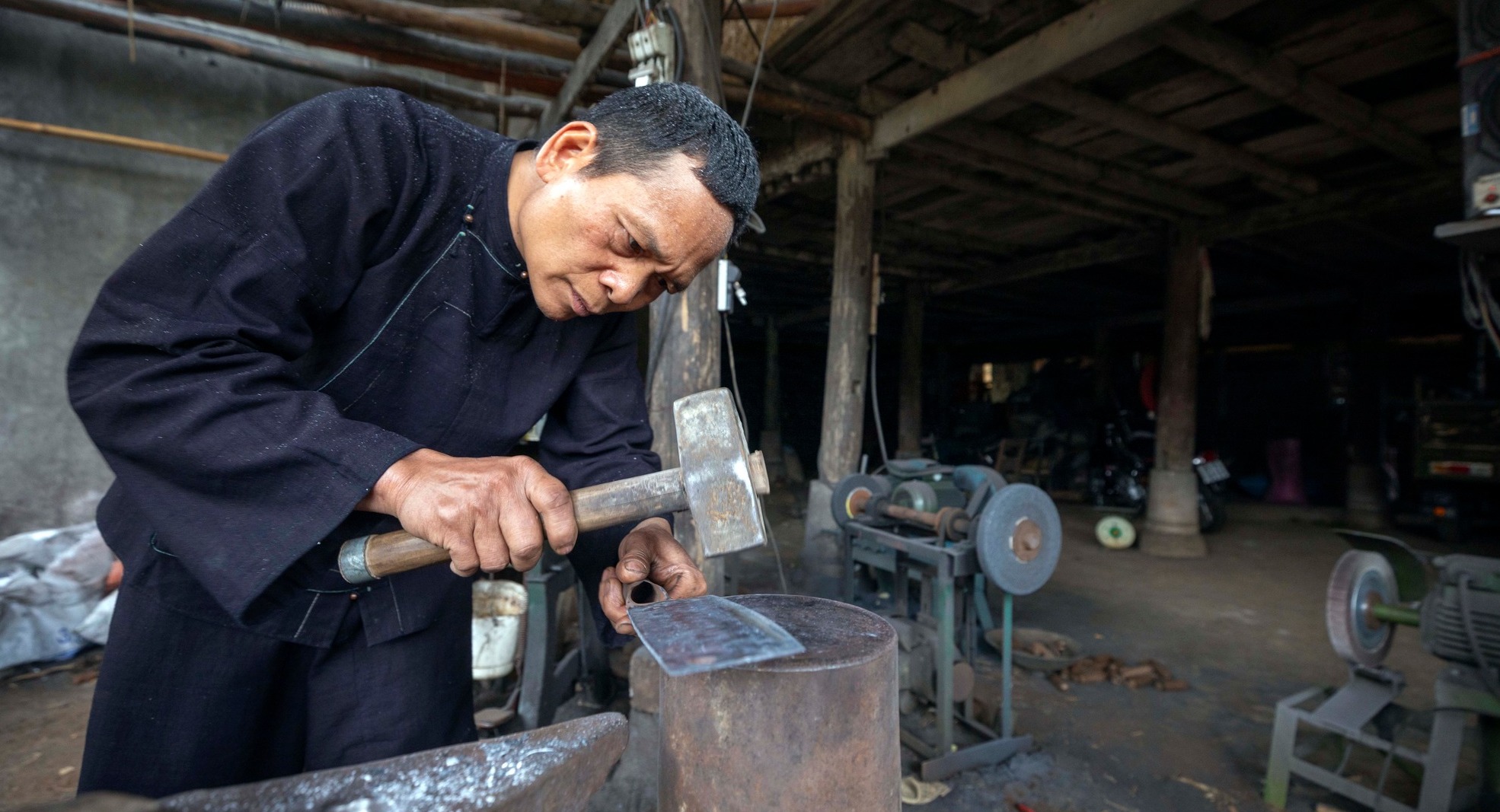
In the language of the Nung people, Pac Rang means “the head of the water source”. With a clear spring that never dries up, this place has provided water for the whole village for many generations. Located in Phuc Sen commune, Quang Uyen district, Pac Rang has been home to blacksmiths for centuries. Legend has it that this blacksmithing village has existed since the 11th century, initially producing weapons for Nung Ton Phuc and Nung Tri Cao to fight against the Song dynasty. After the war, the villagers switched to forging agricultural tools and household items. Most residents of Phuc Sen belong to the Nung An ethnic group. There are some 400 households, half of which are engaged in blacksmithing. The forged products of Phuc Sen primarily serve local production, with some exchanged for other essential goods. Thanks to the village’s quality products, this craft village’s reputation has gradually spread far and wide. People from many neighboring areas come to Phuc Sen to place orders.
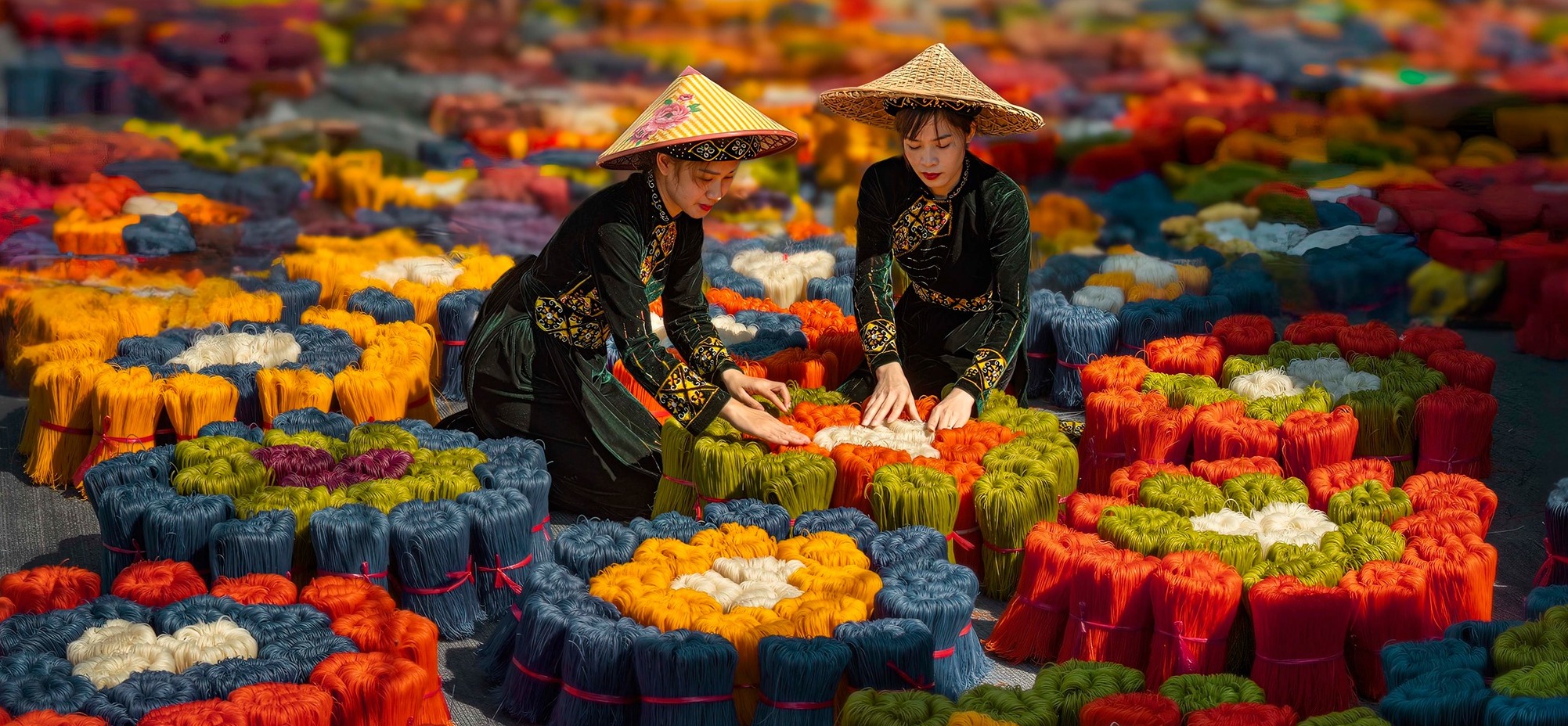
Another ancient village of Nung people is Lung Ri. In the Nung language, Lung Ri means “a long valley”. Located in Tu Do commune, Quang Hoa district, Lung Ri is famous for making yin-yang roof tiles. To produce a single tile, the people of Lung Ri must go through many stages, from selecting and purifying the clay to kneading it, shaping the tiles, drying them, and finally firing them in a kiln. All these steps are done by hand. The tiles are fired in a red-hot kiln for seven days and nights, and the temperature must be kept stable throughout. Each kiln can fire an average of 15,000 tiles per batch. In the summer dry season, it can take up to three months to produce a full kiln of tiles. Despite the labor-intensive process, the selling price of each tile is quite low. Therefore, fewer and fewer people in Lung Ri still practice this tile-making craft.
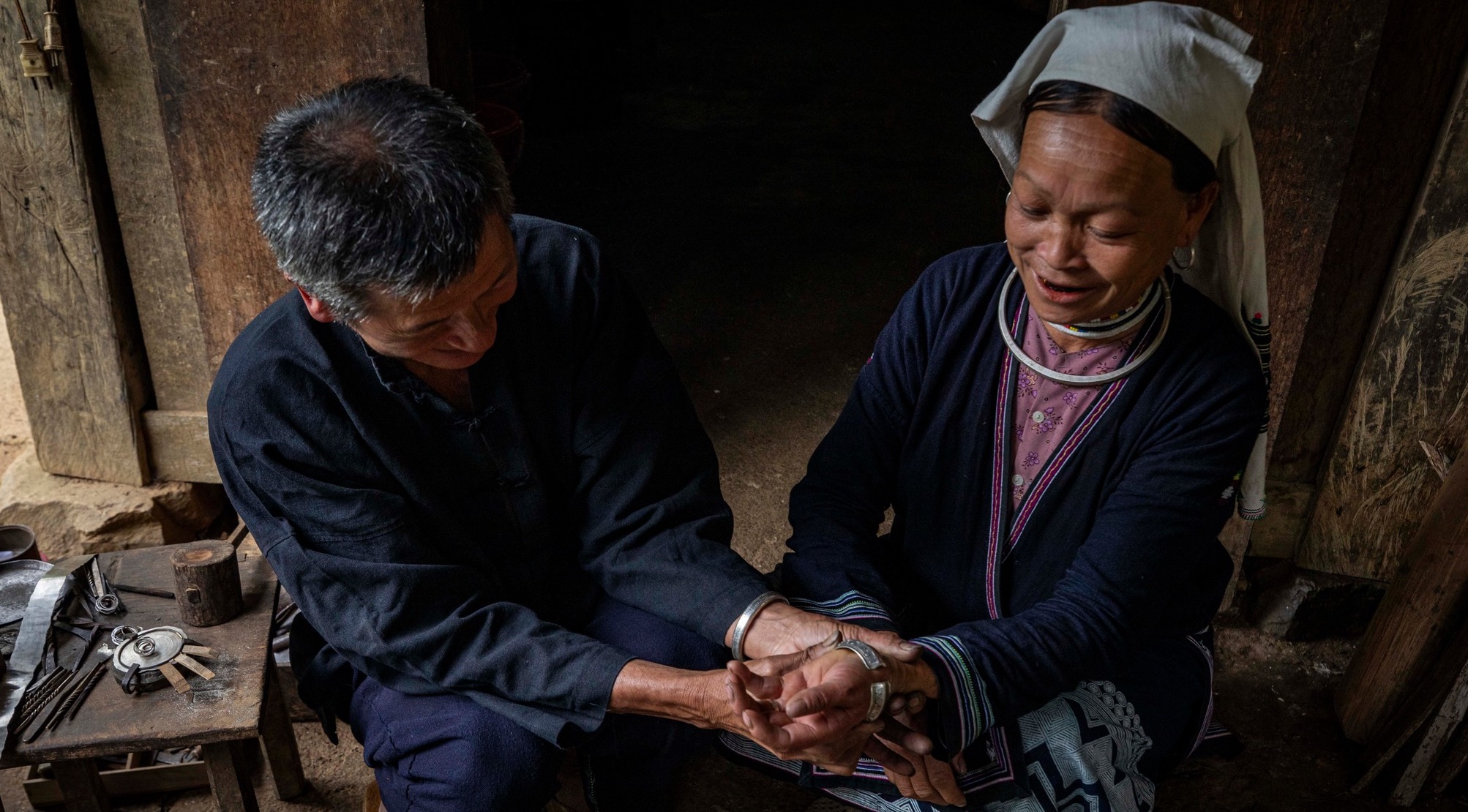
Hong Quang village specializes in producing dry noodles made from corn. The color of the noodles is interesting, which is why they are called “five-colored noodles”. The main ingredient is local flint corn, which has even and firm kernels that ensure a fragrant final product with a beautiful yellow color. After drying, the corn is finely ground and soaked overnight. Next, the corn is finely milled and mixed with rice flour before being put into a mixing machine. Water is added and the mixture is fed into a noodle press to produce the final product.
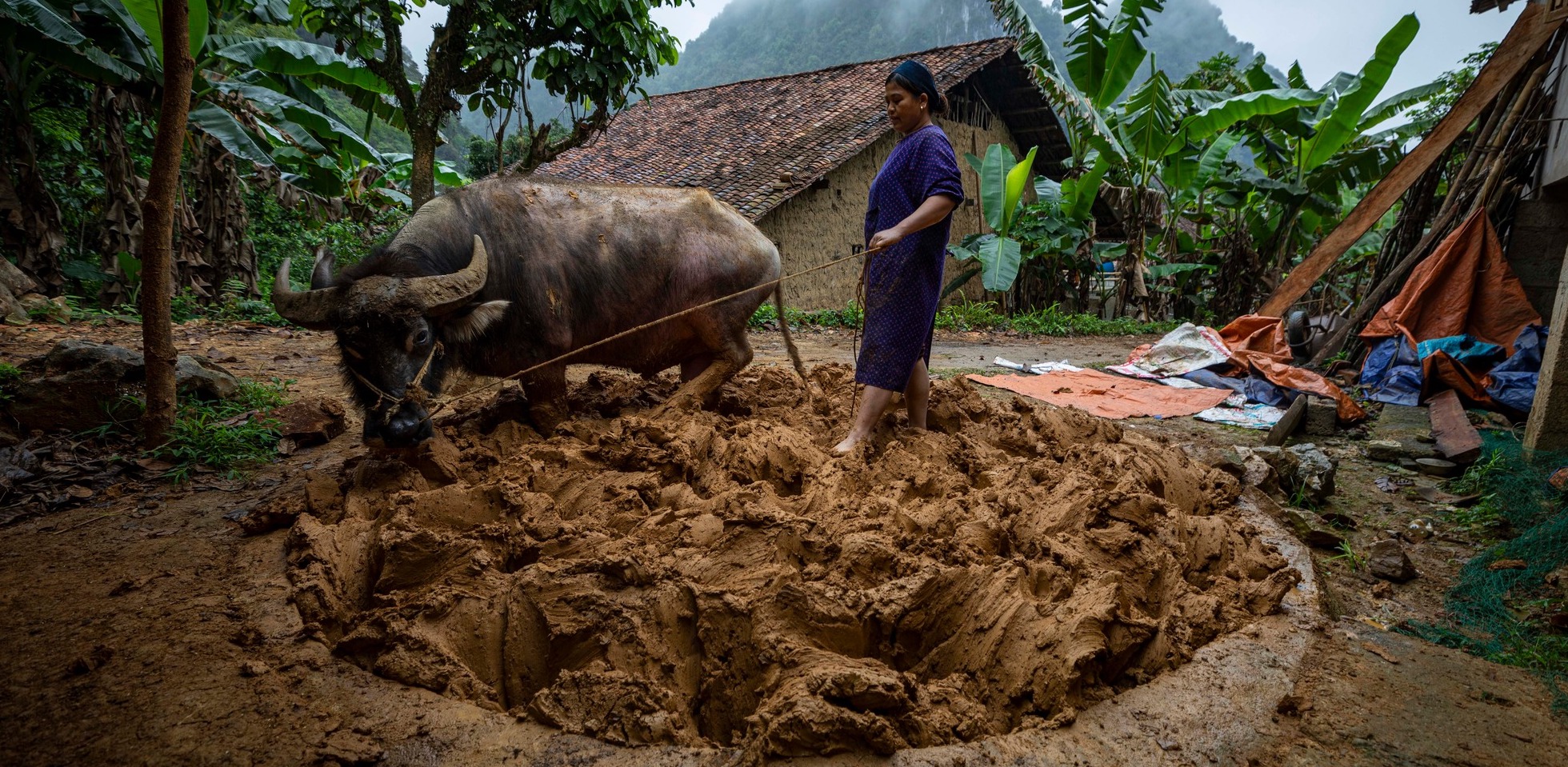
Although they are called five-colored noodles, people in Hong Quang commune can make noodles in eight different colors. For example, yellow from corn, purple from magenta plant leaves, and blue from butterfly pea flowers, etc. All of the ingredients are natural, without artificial colors, making them very safe. With different ingredients, the various types of noodles have different costs and flavors. Five-colored noodles are suitable for bone-broth soups and in dishes like noodles with fried tofu, stir-fried noodles, and snail noodle soup. They are excellent in mixed noodle dishes with onions, pork rolls, and vegetables, etc.
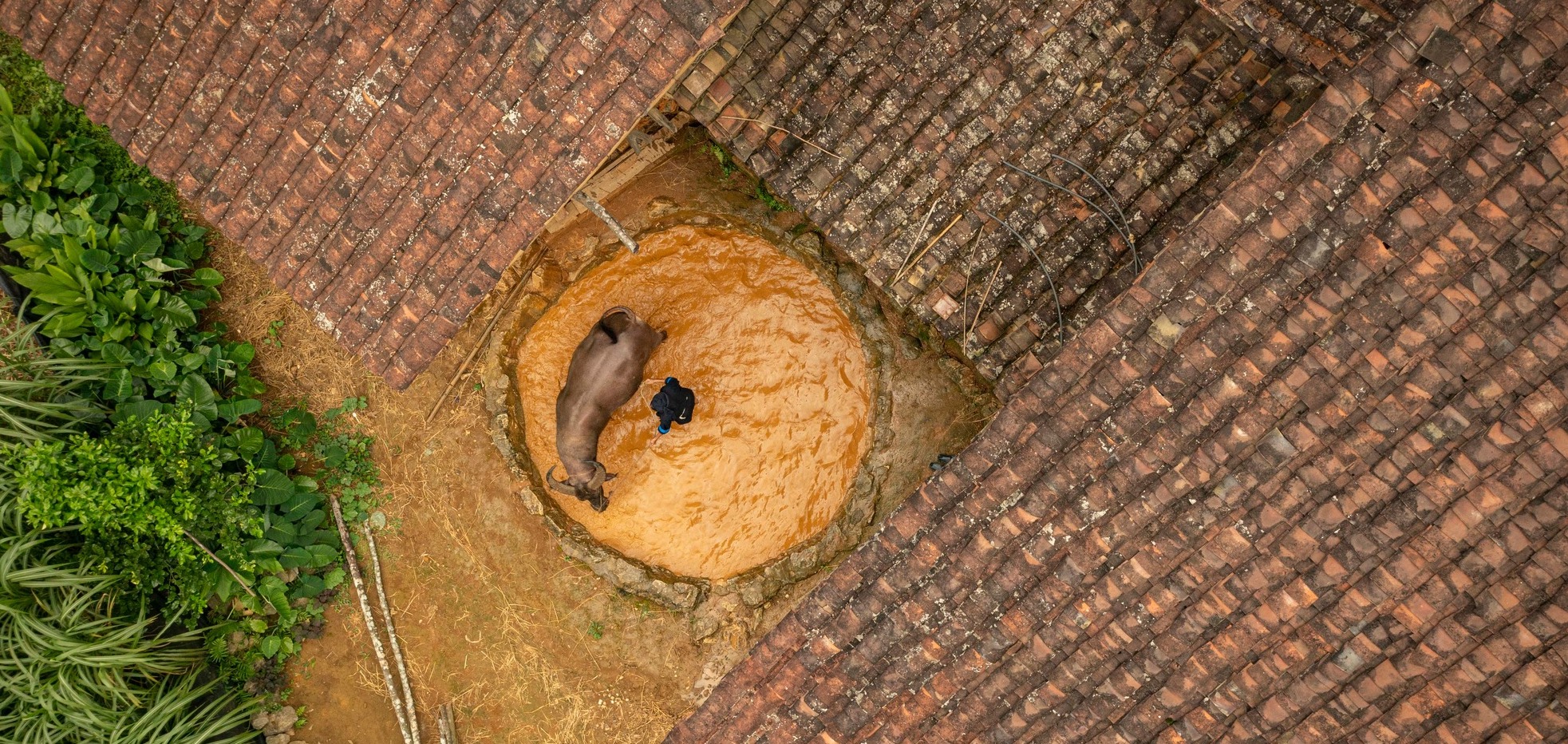
Ethnic Dao Tien people in Cao Bang province are known for their unique and stunning traditional clothes. They have long produced exquisite decorative items and jewelry from silver. Through ups and downs, only one traditional Dao Tien silver-engraving artisan remains, Mr. Ly Phu Cat, now 57 years old, from Hoai Khao village, in Quang Thanh commune, Nguyen Binh. For Mr. Cat, silver-carving is not only a way to earn a living but also a means of preserving the identity and soul of the Dao Tien people. He has moved out of the village and built a small house in a quiet forest to practice his silver-engraving craft. Every day, in his small house in the Phia Oac mountains, he diligently creates sets of traditional jewelry with his skillful hands. The steady tapping of his tools expresses his love for this ancestral craft and his passion for his culture.
